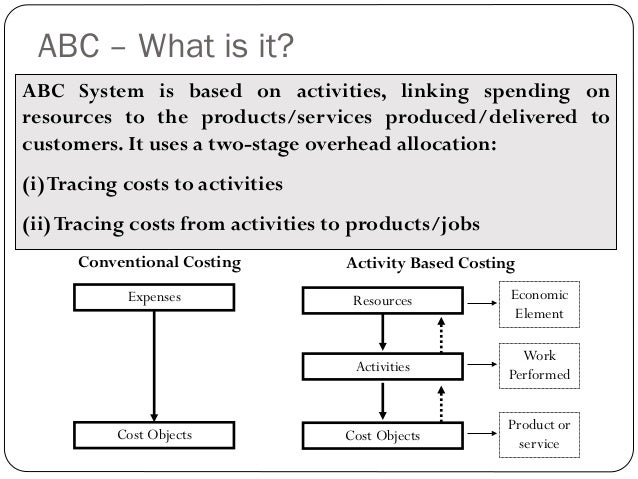Marketing is one of the corner stones for the survival of a business. In the current day and age, many firms do marketing on the basis of intuition, experience and historical marketing data. The primary reason for this is that the necessary information about profitability of marketing activities is not always available or accurate. The goal of a marketing plan is to define which marketing activities are efficient in enabling a structured number of customers and corresponding income. The lack of clear information is the primary cause for reduced marketing efficiency in general. E.g. the choice for specific channels is not continually questioned and this can result in the absence of marketing channels which is often not perceived as problematic.
“If you change the way you look at things, the things you look at change”
Wayne Dyer
Often a marketing strategy (if it exists at all) can be described as a buckshot approach in which people randomly throw money at something and hope it reaches a goal. For example, blind recruiting or targeting businesses that are not within your scope. These activities may seem harmless, but they will result in a waste of time and money and the resulting time spend on people that are not prospects will form an unnecessary burden on the company’s resources. Consequently, not taking marketing seriously can harm your company in the short run, by wasting resources, and in the long term, by spending time on the wrong leads instead of the targeted prospects.
The main mistakes that often occur:
- No structured division of marketing activities
- Data extraction is time-consuming and because of that it is not performed
- There is no reflection on the effectiveness of the marketing mix
The concepts necessary for the achievement of a functional marketing program are phasing (optimal spread of the budget) and synergy (getting more bang for your buck). These core concepts enable the structured application of marketing. But how to implement these practices? To check the level of marketing synergy within an organization, use the Balanced Scorecard.
A Balanced Score card lists objectives in the field of customer, financial, internal processes and learning and growth. It is important to communicate these strategic objectives and the corresponding measures to all employees, not just the marketing employees. Marketing is not confined to a single department!
“Great things in business are never done by one person. They’re done by a team of people”
Steve Jobs
So, if the sales department wants profitable clients but the marketing department is just trying to reach any client they can get their hands on, the ultimate result will seem ineffective. Therefore, they need to work together and communicate their strategies to get as many profitable clients as possible. Strategy clashes can be prevented if employees are encouraged to set personal objectives that would be linked to an overall corporate strategy.
The next issue is the manner of reflection. For marketing it is important not to measure everything. Not everything is relevant and not everything can be linked as a performance measure. The Balanced Scorecard can help sort out what is relevant to measure and what not through, for example. debating sessions with the different departments (a crucial stage).
Companies often assume that you need marketing automatization in order to get automated marketing information extraction. In fact, without automated marketing information extraction, you will never be able to create marketing automation. Manual extraction on a structural basis simply should not be done, as it incentivizes to only extract surface level (easy) information. Therefore, suitable infrastructure (automation) comes first as without the ability for automated information extraction the creation of rolling forecasts will not be possible. The lack of marketing automation will result in information asymmetry within the organization
Currently the marketing budget is divided in the same way the marketing strategy is approached: based on intuition, experience and historical marketing data. But is this always effective? If you ask the marketing department or mangers they will probably say yes. But marketing automation and the balanced scorecard offers an alternative e.g. activity-based costing.
Instead of relying on personal preferences the balanced scorecard relies on the actual value to the company. Different industries often require a different marketing mix and not all customers are the same. The quest to reach the consumer is ever evolving and so should your marketing portfolio. Questioning the status quo will ultimately prevent a waste of resources and it will increase the sustainability of the firm as a whole.
A structured and more efficient usage of marketing resources is achieved by incorporating an annual marketing plan based on the balanced scorecard. Subsequently, a reflection procedure based on information from the rolling forecast will enable good and easy goalsetting. This allows a company to choose activities based on the Activity-based costing model. Marketing is not only about digital or traditional marketing it is all about being distinctive while operating in a structured manner!
“Excellence is doing ordinary things extraordinarily well.”
John W. Gardner
Bibliography
Jones, S. (2015, 01 03). Activity Based Costing. Retrieved from http://study-aids.co.uk: http://study-aids.co.uk/dissertation-blog/activity-based-costing/
Adaptive insights. (2018). Rolling Forecasts: Clear Skies with a Chance of Change. Retrieved from https://www.adaptiveinsights.com/: https://www.adaptiveinsights.com/webcast/rolling-forecasts
Balanced Scorecard Institute. (2017). Balanced Scorecard Basics. Retrieved from www.balancedscorecard.org: https://www.balancedscorecard.org/BSC-Basics/About-the-Balanced-Scorecard




0 Comments